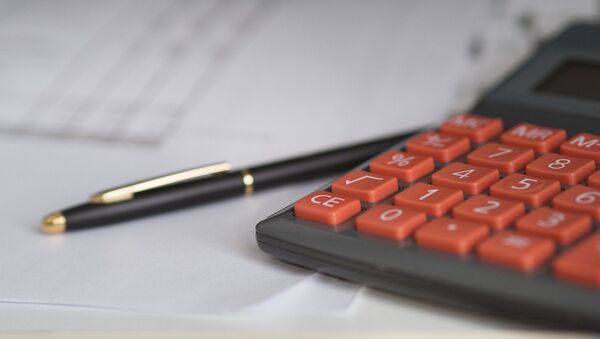The Covid-19 pandemic has dented the already slowing Indian economy. Quarterly growth data released by the Indian government reveals that Gross Domestic Product (GDP) growth for the January-March quarter, or the last quarter of financial year 2019–20 (ending March 2020), has fallen to 3.1 percent, against 4.7 percent in the October-December 2019 quarter. Also, at 3.1 percent, the GDP growth is almost half the 5.8 percent seen in the comparable quarter of the previous year (Jan–March 2019).
The Covid-19 contagion started spreading India in the month of March. With the numbers growing by the day, Indian Prime Minister Narendra Modi announced a nationwide shutdown beginning 25 March.
For the full financial year of 2019-20 (April 2019 – March 2020), India’s GDP fell to 4.2 percent, compared with 6.1 percent in 2018-19, which is the lowest since 2012, according to data from the Indian ministry of statistics and programme implementation.
Analysts believe that the numbers are reflective of the slowdown. Joseph Thomas, Head (Research), Emkay Wealth Management said, “The sluggishness in economic growth which was a feature of the numbers in the second and third quarter of the last financial year, manifested itself once again in the fourth quarter growth rate falling further to 3.1 percent. This number fully reflects the slowdown which the economy was going through in the last two years, and it also amply highlights the importance of a demand-led recovery for sustainable future growth.”
“This number is more important than a quarterly number. Because this number would be the base against which the impact of the lockdown and consequent demand destruction, loss of productivity and employment would mapped,” Joseph added.
Rating agencies, too have, pegged a negative growth of up to 5 percent for 2020-21.
Rating agencies like Nomura, Goldman Sachs and Fitch Ratings have projected India’s growth to contract by 5 percent in the financial year 2020-21.
Nomura has predicted that April – June 2020 will see a massive contraction of 25 percent and getting back to pre-pandemic levels of growth is unlikely in the next three years.
Disruption to supply chains, reverse migration of the labour force and a looming liquidity crunch are some of the reasons that the agency gives for the deep contraction.
The Indian government announced a $266 billion stimulus package to help the economy earlier this month.



